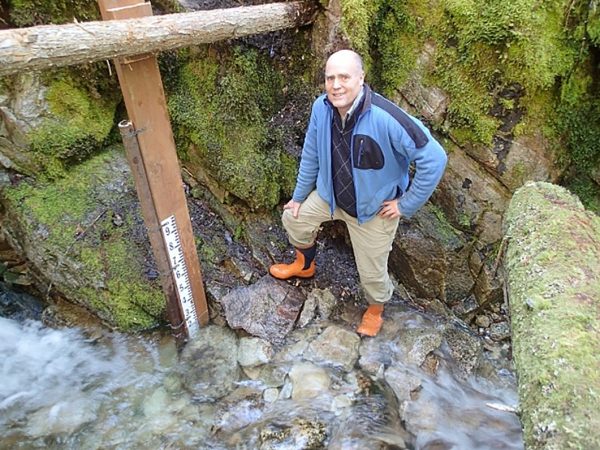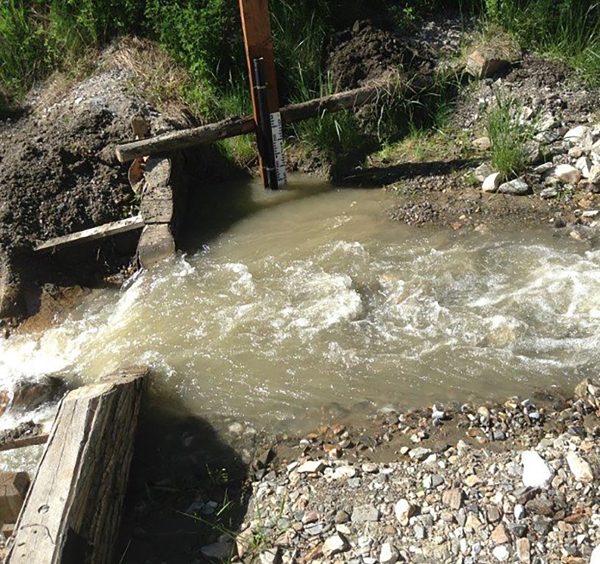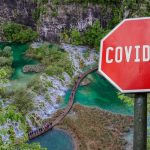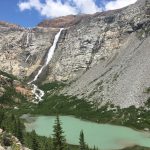Long-term data for water decision making
Submitted by Paul Saso, NKLWMP hydrologist
The North Kootenay Lake Water Monitoring Project (NKLWMP) has recently completed another freshet and summer monitoring season at seven streamflow sites and three climate stations. With some of our stations records now stretching back to 2012, we have over eight years of data at some of our stations.
Thanks to the dedicated efforts of our volunteers, staff, and funders, our data record is becoming more and more useful to researchers and decision makers since longer records provide a more in-depth picture of the hydrology of each basin and can provide essential information for making decisions around water resource management, development, fire safety, ecology and more.
As our data record has grown and our stations are doing well, we are now focusing some of our attention on ensuring that potential data users can easily access our data. To achieve this goal, NKLWMP is developing several partnerships:
- Firstly, we have joined forces with Living Lakes Canada and are excited to have our data available through their Columbia Basin Water Hub, the online database.
- We are also refining our data and improving our data processing through a new sponsorship from Aquatic Informatics, the software company that makes Aquarius, which we consider to be one of the best hydrometric data processing software systems. They have been very generous to offer us a free subscription to their software and online database where we will also be showcasing our data.
This year the project received funding from the Kootenay Lake Local Conservation Fund, Regional District Central Kootenay Affected Areas Program (RDCK AAP), and the Community Fund of North Kootenay Lake Society (CFNKLS). We are deeply grateful and appreciative to our volunteers and advisors who have contributed a significant amount of field work hours.
With winter fast approaching, Paul Saso, NKLWMP’s hydrologist, will be heading out to all our sites to download data from our loggers and prepare all the stations for winter. We are also getting ready for another year of snow surveys at our high elevation sites.








